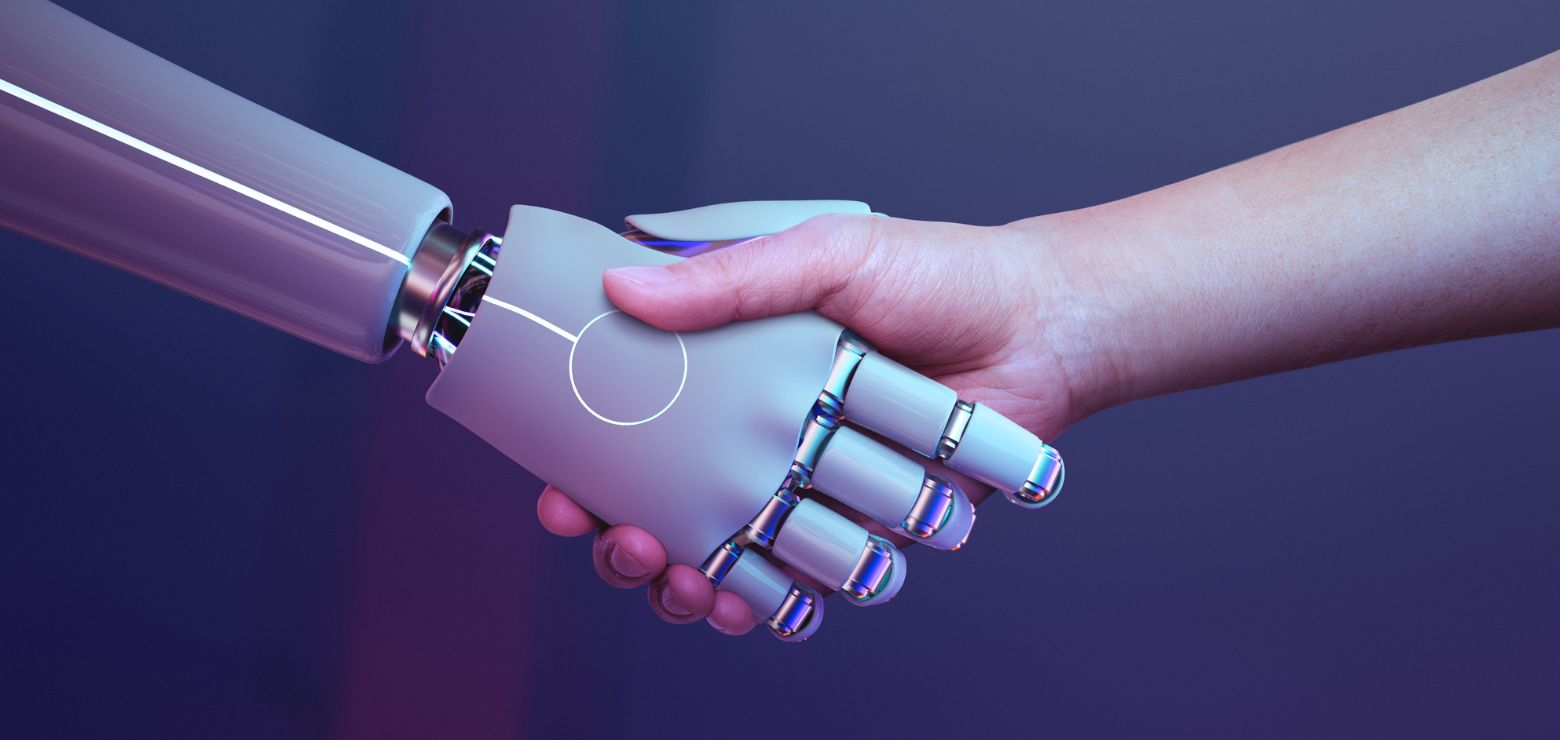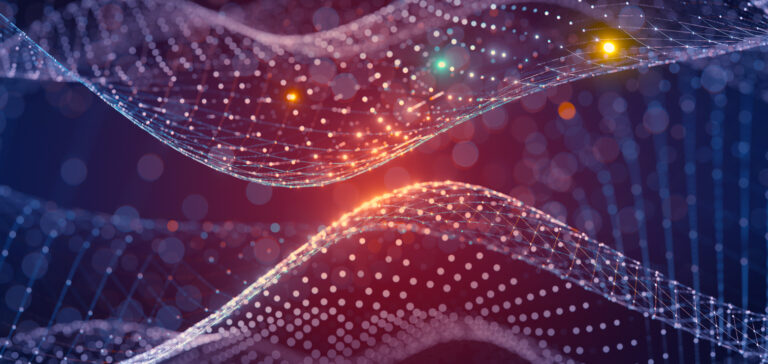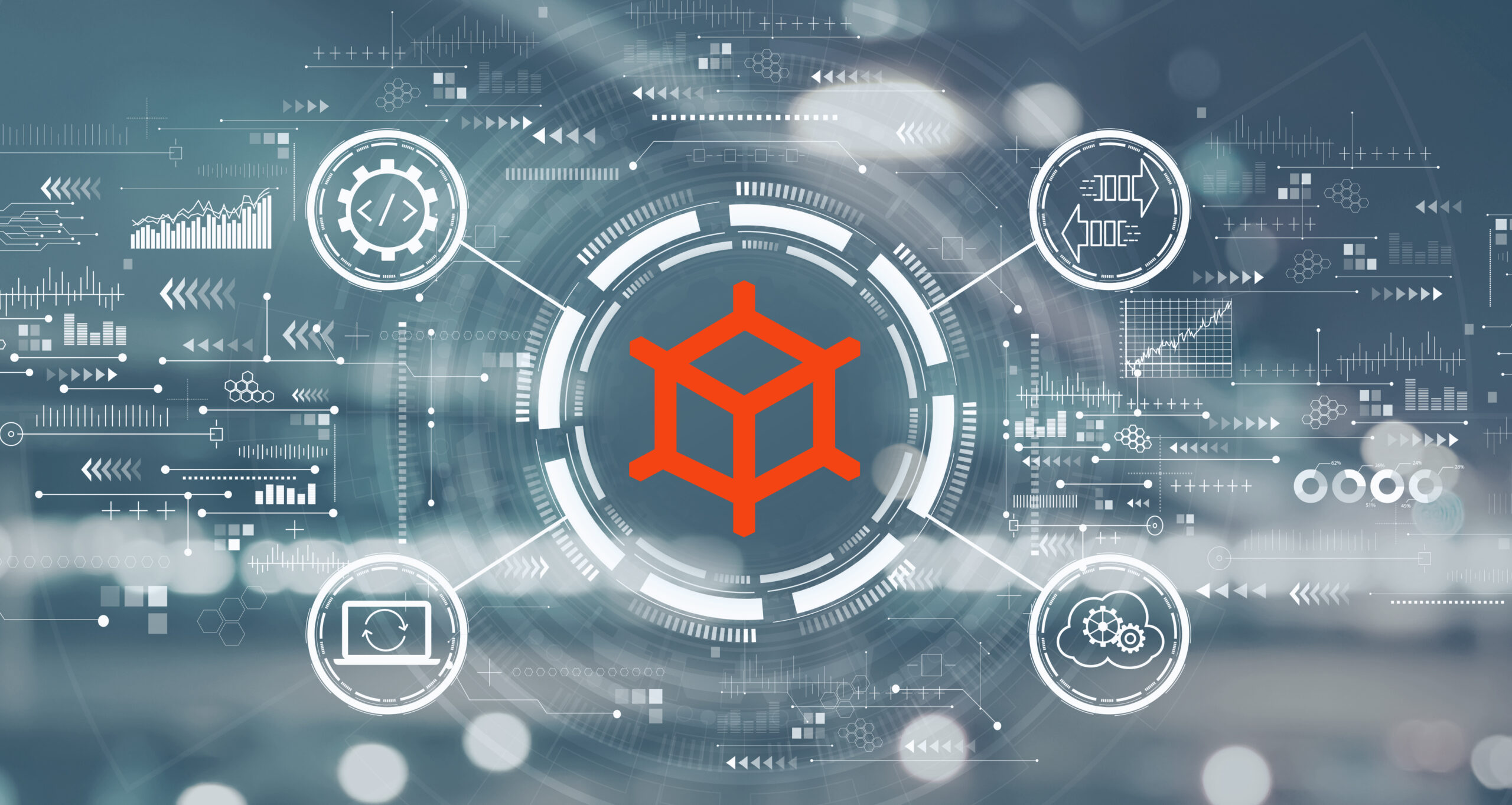By Manoj Chaudhary, Chief Technology Officer
ChatGPT is disrupting the way the world looks at Artificial Intelligence (AI) and other automated tools. But what does it really mean for the future of automation?
Movies like The Terminator, Her, and more recently, M3GAN paint a bleak picture of what might happen if we give Artificial Intelligence (AI) more power to interact with us, and run our daily lives.
But we are still far off from the way artificial intelligence is portrayed in the movies. Leading expert in tech ethics and MIT research scientist Katie Darling agrees that we won’t “have something that’s on that level of sophisticated AI in the next decade or two.” Darling further added she isn’t overly concerned about “AI becoming too intelligent and not listening to commands.”
Enter ChatGPT.
The latest revolution in AI technology that’s taking the world by storm. In the few short months since its November 2022 launch, ChatGPT is estimated to amass over 100 million monthly users. People across the globe are both awed and concerned by its human-like conversational skills, humor, and intelligence, bringing up similar parallels to the AI technologies we are used to seeing on the big screen.
So, what is ChatGPT?
ChatGPT (the GPT stands for Generative Pre-trained Transformer) is a natural language processing tool driven by AI technology that allows you to have human-like conversations with a chatbot. It can also compose text passages (essays, poems, songs, etc.) based on the prompts you feed it.
Currently, a public resource accessed with a free account, it was developed by a San Francisco-based company called OpenAI.
So how good is it? Well, given the right prompting, ChatGPT can write poetry, prose, and even software code like a human and is being used in some industries to create content.
For instance, it’s currently a go-to resource for organizations in the real estate industry. Agents and companies use the tool to generate property descriptions based on numerical input like square footage, number of bedrooms and bathrooms, or price, and descriptive terms like “spacious”, “renovated,” or “open concept.”
ChatGPT is a testament to automation’s integral role in societal, economic, and business transformation across the globe.
AI-based technologies are becoming increasingly valuable in automating business operations.
In fact, Artificial Intelligence is the driving force behind business automation across a range of industries. These applications span a spectrum running from Robotic Process Automation (RPA) on production floors, through to inventory management, customer support, and the management of Human Resources.
A recent PwC study indicates that 86% of CEOs now consider AI as a mainstay in their offices, in the form of software to run their day-to-day operations. The last few years have accelerated the pace of digital transformation and adoption around the world. When the COVID-19 pandemic struck, organizations had to shift to digital operations almost overnight, conducting more business online and enabling workers to be productive from home. This rapid shift put IT teams under more pressure to manage massive volumes of data, processes, and applications across multiple departments.
As a result, business process automation (BPA) has become essential for organizations to eliminate manual workflows, drive down costs, and focus on growth. Unified data integration and workflow automation platforms enable BPA by connecting siloed applications and systems to streamline operations, centralize data, and build new workflows — all in one place.
As ChatGPT amply illustrates, the right tools and innovations can have a tremendous impact on the way we work, think about, and interact with technology.
Should we be scared of AI?
Not really. AI tools like ChatGPT are not likely to put creative writers out of a job anytime soon. For starters, it has some limitations. For example, according to OpenAI themselves, “ChatGPT sometimes writes plausible-sounding but incorrect or nonsensical answers. ” It’s also sensitive to tweaks to the input phrasing, or if someone attempts to use the same prompt multiple times. What’s more, they say the tool “is often excessively verbose and overuses certain phrases, such as restating that it’s a language model trained by OpenAI.”
[Image source: OpenAI]
Plus, AI and other automated tools require humans to maximize their impact.
Case in point: OpenAI trained ChatGPT’s language model using Reinforcement Learning from Human Feedback (RLHF). Here, human AI trainers provide conversations in which they play both sides — the user and the ChatGPT AI assistant.
In essence ChatGPT is another example of an automated system based on AI that can — if properly trained and clearly prompted — take the stress off of human operators when performing certain tasks. As technology evolves, AI will continue to have an impact on societal and business transformation — but maybe not to the extent we’ve seen recently on-screen.
Take the movies, and tools like ChatGPT, with a grain of salt. Humans are still in charge.
For now.
Amplify the productivity of your teams and maximize business outcomes with workflow automation.



